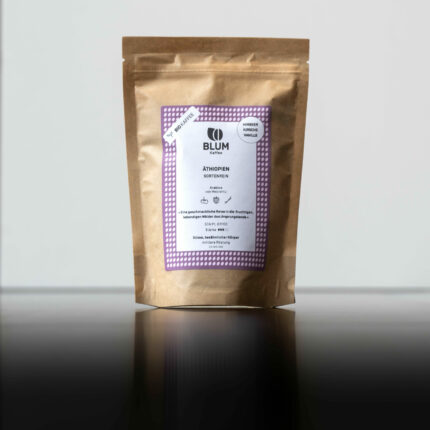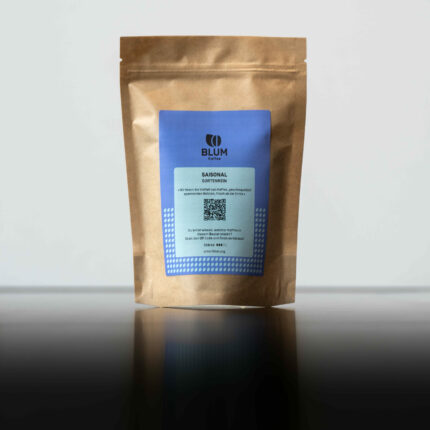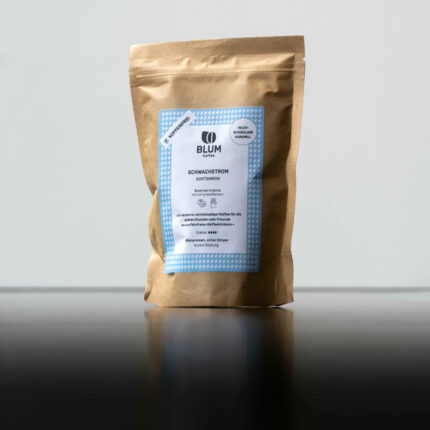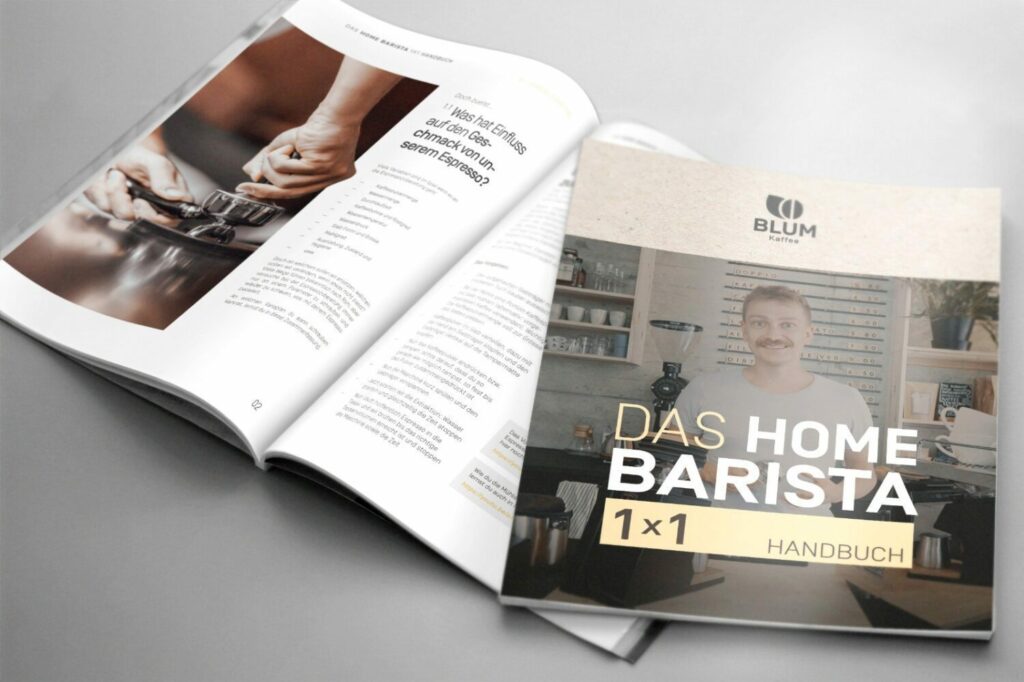Crafting the Perfect Moka Coffee
Master the art of Bialetti coffee-making with these exceptional beans! Whether you prefer the intense flavors of dark Italian blends or the nuanced brightness of light filter coffees, the Bialetti can accommodate a spectrum of beans. For a classic, robust result, opt for a dark roast. Seek a balanced, less bitter cup with subtle acidity with a medium roast. Craving a fruity-sweet moka coffee experience? Embrace a light roast for a delightful twist!
Showing all 11 results











Moka coffee preparation made easy!
Do you want to enjoy high quality coffee from your Bialetti Moka coffee pot? The espresso maker is an extremely popular coffee maker for home or on the go.
However, it comes with a challenge: the coffee often brews too hot, which can lead to over-extraction. The result in the cup tends to become bitter quickly. But with the right preparation and technique, it is still possible to brew excellent coffee.
Find out everything you need to know to brew the perfect moka coffee in our video tutorial:
Why is my moka coffee bitter?
To reduce bitterness and extract the best flavor from your Bialetti coffee, you can do the following:
- Choose a slightly coarser grind – If the coffee sprays intermittently from the Bialetti’s top, the grind was too fine.
- Use a medium or light roast with fewer bitter compounds and roast flavors. The Robusta content in many Italian blends can also contribute to bitterness.
- Boil your water separately and pour hot water into the water chamber of the Bialetti – Be careful not to burn your fingers when screwing on the parts.
- Avoid compacting the coffee grounds.
Moka coffee can sometimes be bitter because, during preparation, the high brewing temperature may lead to over-extraction. This happens when the ground coffee stays in contact with water for too long, at too high a temperature, or with too fine a grind. This results in extracting too many bitter compounds from the coffee beans, leading to an unpleasantly bitter taste. Similarly, using a dark roast can also contribute to bitterness.
How do I make moka coffee?
Raising the bar for excellent coffee from a Bialetti Moka pot requires a bit of practice and attention, but with the right steps, you can achieve the best possible result. Here’s a guide on how to prepare a delicious Bialetti coffee.
- Water and Coffee: Use preheated water; letting the coffee powder sit on the stove for too long can negatively impact the taste. Use freshly roasted coffee beans with a medium grind, slightly coarser than for espresso, to avoid bitter over-extraction.
- Water Quantity: Fill the bottom part of the Moka coffee pot with water up to just below the safety valve. Ensure you don’t completely cover the valve.
- Adding Coffee Powder: Evenly fill the coffee powder into the filter basket without compressing it. Remove excess coffee powder from the edges to ensure a good seal.
- Assembling: Place the top part of the Moka pot onto the bottom part and screw it gently to ensure proper sealing. Be careful not to burn your fingers if you’re using preheated water!
- Heating: Place the Moka pot on the stove over medium heat. Make sure the handle doesn’t extend over the flame. Heat the water slowly for an even extraction.
- Observing: Watch the coffee rising into the upper chamber. When it starts to gurgle and make hissing sounds, slightly reduce the heat to avoid over-extraction. The coffee should flow evenly; if it sprays out in intervals, the grind was too fine.
- Stirring: Once the coffee starts flowing from the nozzle, stir it with a spoon. This helps ensure a consistent taste across the cups.
- Proper Extraction: Remove the Moka pot from the stove immediately when the coffee reaches the upper chamber but before it starts to bubble. The perfect extraction should yield coffee with a rich aroma and pleasant strength.
- Serving: Pour the coffee immediately into your cup to avoid over-extraction due to remaining pressure and heat.
- Cleaning: Thoroughly clean the Bialetti Moka pot after each use to remove deposits and ensure the next coffee tastes perfect.
With some practice and adjustment of factors like coffee quantity, grind, and heating time, you’ll enjoy a wonderful Bialetti coffee with these tips!
Bialetti in dishwasher?
Stainless steel Bialettis can be placed in the dishwasher. However, aluminum Bialettis oxidize and consequently become spotted and unsightly. Additionally, the protective layer may dissolve, which can have a negative impact on your moka coffee.
Is Bialetti sutable for induction cooker?
Stainless steel Bialettis or aluminum Bialettis with a stainless steel bottom are suitable for induction, but classic Bialetti coffee makers made entirely of aluminum are not.
Why does the Bialetti pot explode?
A Bialetti, with a damaged gasket, clogged safety valve, or brewing pipe, can build up excessive pressure, leading to a potential explosion. Regularly change the gasket, and avoid overfilling the Bialetti with either too much water or coffee grounds.
Is Bialetti moka coffee an espresso?
Bialetti coffee is brewed with less pressure, a coarser grind, and at higher temperatures – its strength is more akin to an Americano/Café Crème and therefore cannot be classified as espresso.













